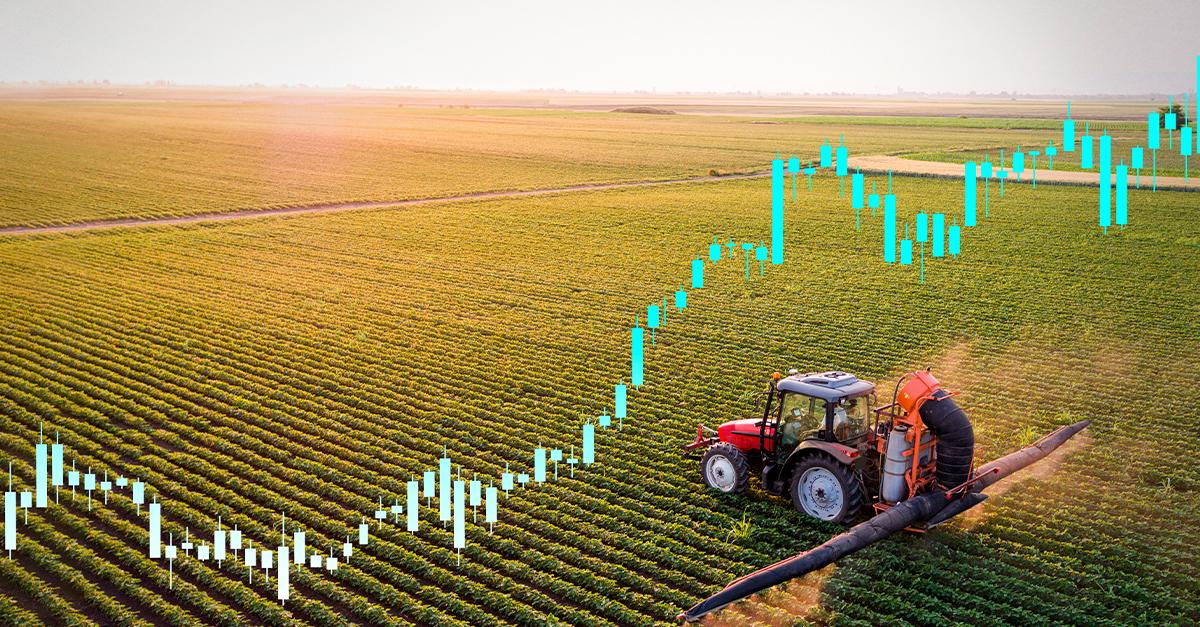Join BMO’s Dan Barclay, Bert Powell, Joel Jackson, Ken Zaslow and Doug Morrow in this special episode from BMO’s IN Tune Podcast that digs into the core themes from BMO’s 17th annual Farm to Market Conference across the food and agriculture value chain.
IN Tune features Equity Research analysts from BMO Capital Markets and explores key emerging themes, trends, and important issues to our institutional clients globally.
In this episode:
A misperception is that inflation began with the war in Ukraine
Why fertilizer stocks have been some of the most popular to own in 2022
The reason many people don't fundamentally realize the extent to which ag and food production contributes to climate change
Around 30% of the food prepared around the world for human consumption is never eaten and often ends up in landfill
Sustainability Leaders podcast is live on all major channels including Apple, Google and Spotify
Subscribe to listen to other IN Tune episodes
